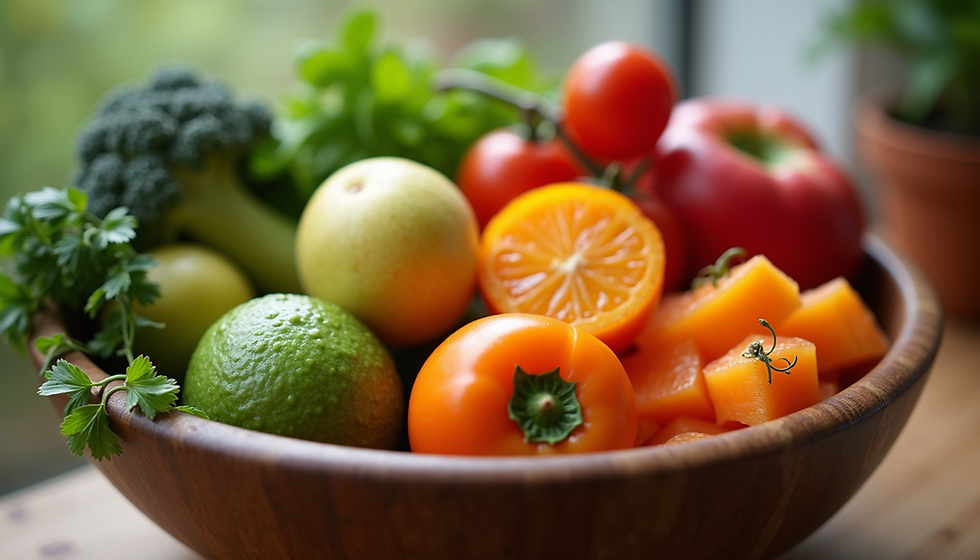How to read food labels
- darryl

- Nov 3, 2022
- 2 min read
If you’re trying to maintain a healthy diet you’ve probably started reading food labels. And then, you may have stopped just as quickly because they are so hard to understand!
We’re here to help. This blog will give you some tips on making the most of the information on the food label so that you can make healthy choices for yourself and your family.
First, start with serving size. This will help you understand the relationship between calories, nutrients, and other additives in the amount you actually eat. You may be surprised at the serving size of some things you eat, versus what you actually serve yourself. Once you make this connection, you can start to think more realistically about the amounts you eat.
Second, check out the total calories. Know how many calories are in a single serving. Then, if you eat more than a single serving, you can determine how many calories of that food you’ve consumed!
Third, think about the Percent Daily Values. These numbers tell you what percent of the USDA’s daily allowance or recommendation for each nutrient. These numbers are for your entire day, not just a single meal, and they are based on a 2,000-calorie diet. If your goal is to consume less than 2,000 calories the percentage of your diet will be slightly higher than what is on the label. Have a good idea of where your calorie goals are, then read these percentages. The low is 5% or less. You can aim low in saturated fat, trans fats, cholesterol, and sodium. High is 20 percent of your daily recommended value, and you can aim high in vitamins, minerals, and fiber. These percentages can help you control sugar as well!
Fourth, watch the nutrition terms! If it says low calorie, it should be 40 calories or less per serving. If it is reduced (as in sodium or fat), it should be at least 25% less than the same nutrient in a regular product. If it says calorie-free, it’s not actually free of calories, but it should have less than 5 calories per serving. For sugar or fat-free, check that it is actually less than? grams per serving.
Fifth, choose low in saturated fats, added sugars, and sodium. Eating less of these may help reduce your risk for many common diseases and health problems, such as heart disease and high blood pressure.
Sixth, read the vitamins, minerals, and fiber! Eat more fiber, find potassium and vitamin D, and watch for calcium and iron. All of these will help you maintain good health.
So, when you are shopping, spend some time comparing labels! On one trip, you can compare snack food labels, and make a better choice. Next trip, you can compare the canned goods that you buy. Remember, every food with more than one ingredient must have the ingredients listed on the label. Ingredients are listed in descending order by weight. This means you’ll see the largest amounts first. Watch for this to make sure food sensitivities won’t be triggered.
At first, you’ll be surprised at all the hidden sodium and sugar! But soon, you’ll have a new and healthy routine in place!




Comments